Politics
Judge strikes down Trump’s $2bn cuts to Harvard
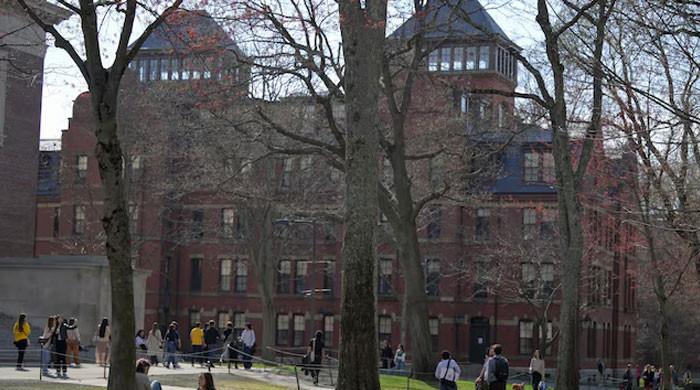
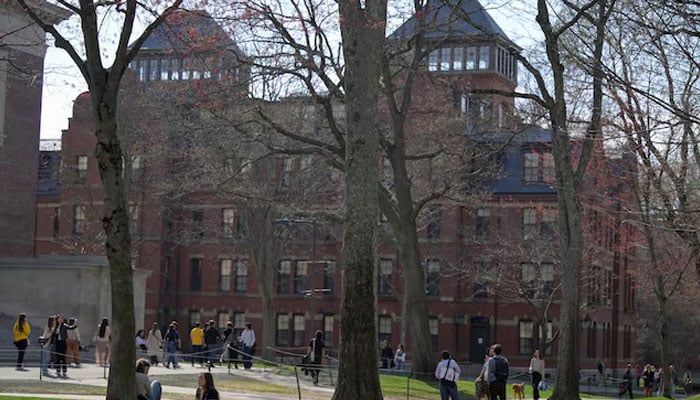
NEW YORK: A US judge has struck down President Donald Trump’s decision to slash $2 billion in funding to Harvard University, calling the move a political attack dressed up as a fight against anti-Semitism and bias at the Ivy League institution.
Harvard had sued in April to restore more than $2 billion in frozen funds. The administration argued its move was legally justified due to Harvard’s alleged failure to protect Jewish and Israeli students, particularly during campus protests against Israel’s war in Gaza.
The cuts to Harvard’s funding stream forced it to freeze hiring and pause major research programmes, especially in public health and medical fields — delays that experts warned risked American lives.
“The Court vacates and sets aside the Freeze Orders and Termination Letters as violative of the First Amendment,” Boston federal judge Allison Burroughs said in her ruling.
“All freezes and terminations of funding to Harvard made pursuant to the Freeze Orders and Termination Letters on or after April 14, 2025 are vacated and set aside.”
Burroughs noted Harvard’s own admissions in court filings that there was an issue of anti-Semitism on campus — but said the administration’s cuts had little relevance to the problem.
‘Smokescreen’ for university ‘assault’
“It is clear, even based solely on Harvard’s own admissions, that Harvard has been plagued by anti-Semitism in recent years and could (and should) have done a better job of dealing with the issue,” she wrote.
“That said, there is, in reality, little connection between the research affected by the grant terminations and anti-Semitism.”
The judge, appointed by Democratic former president Barack Obama, said the evidence suggested Trump “used anti-Semitism as a smokescreen for a targeted, ideologically motivated assault on this country’s premier universities.”
Cases brought by both Harvard and the American Association of University Professors against the Trump administration’s measures were combined.
Trump has sought to move the case to the Court of Federal Claims rather than leave it in the federal court in Boston, just miles from Harvard’s Cambridge campus.
The Ivy League institution has been a key target in Trump’s campaign against elite universities after it resisted his demands to submit to oversight of its curriculum, staffing, student recruitment and “viewpoint diversity.”
Trump and his allies accuse Harvard and other top universities of being unaccountable bastions of liberal, anti-conservative bias and anti-Semitism, particularly around protests against Israel’s war in Gaza.
The government has also gone after Harvard’s ability to host international students, a vital source of income, who made up 27 percent of total enrolment in the 2024-2025 academic year.
Politics
Discovery of million more potential Epstein documents delays further releases
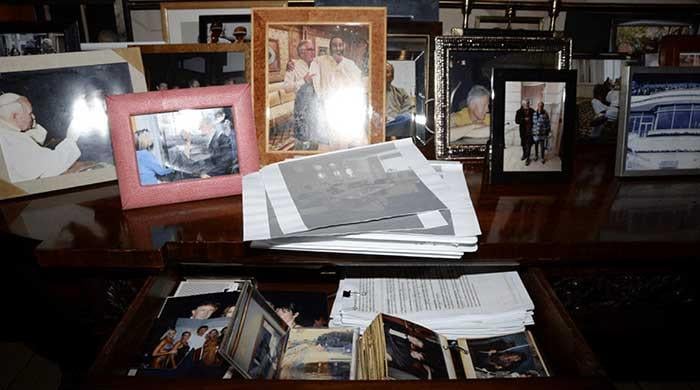
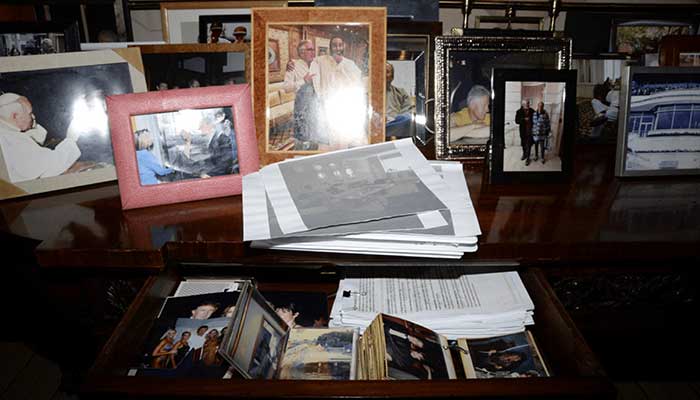
- Lawyers review files around clock to protect victims: DOJ.
- New disclosures fuel political pressure ahead of midterm polls.
- FBI and Manhattan prosecutors locate vast cache of records.
The US Justice Department has found more than a million more documents potentially tied to convicted sex offender Jeffrey Epstein, delaying a full release for weeks while officials redact details to protect victims, DOJ said on Wednesday.
President Donald Trump’s administration began releasing files related to criminal investigations of Epstein, the late American financier who was friends with Trump in the 1990s, to comply with a law passed by Congress last month.
Republicans and Democrats in Congress passed the law over Trump’s objections, requiring that all documents be released by December 19 while allowing partial redactions to protect victims.
Releases so far have contained extensive redactions, angering some Republicans and doing little to defuse a scandal threatening the party ahead of the 2026 midterm elections.
In a message shared on social media on Wednesday, the Justice Department said more than a million additional documents potentially related to Epstein had been uncovered by the FBI and the US Attorney’s office in Manhattan, without elaborating on when or how the documents were found.
“We have lawyers working around the clock to review and make the legally required redactions to protect victims, and we will release the documents as soon as possible,” the department said. “Due to the mass volume of material, this process may take a few more weeks.”
Politics
Migrant boat capsizes off Senegal, leaving at least 12 dead


- Boat carrying around 100 people capsizes near Mbour.
- 32 survivors reported, others flee before rescuers arrive.
- President Faye offers condolences, search for survivors continues.
At least 12 people died on Wednesday after a boat filled with migrants seeking to reach Europe sank off the coast of Senegal, security sources said.
The coastal west African country is one of the main departure points for the thousands of Africans who for years have been taking the perilous Atlantic route to reach Europe, primarily via the Spanish Canary Islands, aboard overcrowded and often dilapidated boats.
The latest sinking came in the waters off the town of Mbour when a boat loaded with around 100 people capsized, a security source told AFP on condition of anonymity.
“Twelve bodies were retrieved,” the source said.
A second security source confirmed the toll to AFP.
“There were 32 survivors. The others probably fled” before rescue services arrived on the scene, one source told AFP.
President Bassirou Diomaye Faye expressed condolences to the families of the victims in a social media post on Wednesday.
“We share their sorrow and their pain while the search continues to find any survivors,” he said.
On Tuesday, police intercepted 123 migrants aboard a boat in Senegal’s Thies region.
Politics
Zelensky reveals US-Ukraine plan to end Russian war, key questions remain
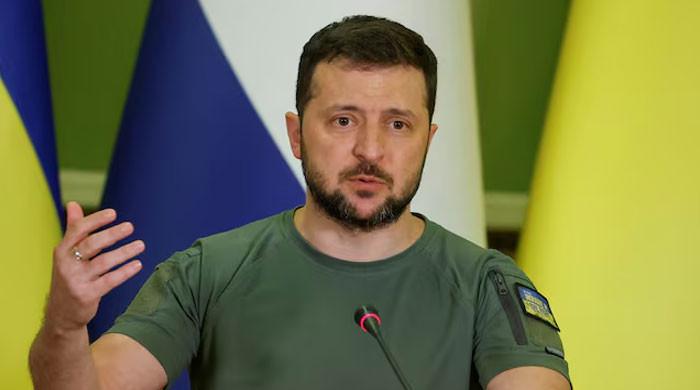

- Moscow reviewing 20-point plan but may not accept territorial terms.
- Plan allows partial troop withdrawals, establishment of demilitarised zones.
- Zelensky admits there are points in plan he does not fully agree with.
KYIV: Ukraine won some concessions in the latest version of a US-led draft plan to end the Russian invasion, revealed by President Volodymyr Zelensky, though key questions remain over territory and whether Moscow could accept the new terms.
The 20-point plan, agreed on by US and Ukrainian negotiators, was being reviewed by Moscow, but the Kremlin is unlikely to abandon its hardline territorial demands for full Ukrainian withdrawal from the east.
Zelensky conceded there are some points in the document that he does not like, but Kyiv has succeeded in removing immediate requirements for Ukraine to withdraw from the Donetsk region or that land seized by Moscow’s army would be recognised as Russian.
Nevertheless, the Ukrainian leader still indicated the proposal would pave the way for Kyiv to pull some troops back, including from the 20 percent of the Donetsk region that it controls, where demilitarised zones would be established.
It also got rid of demands that Kyiv must legally renounce its bid for Nato membership.
Zelensky presented the plan during a two-hour briefing with journalists, reading from a highlighted and annotated version.
“In the Donetsk, Lugansk, Zaporizhzhia, and Kherson regions, the line of troop deployment as of the date of this agreement is de facto recognised as the line of contact,” Zelensky said of the latest version.
“A working group will convene to determine the redeployment of forces necessary to end the conflict, as well as to define the parameters of potential future special economic zones,” he added.
This appears to suggest the plan opens the way for, but delays, options that Ukraine was previously reluctant to consider — a withdrawal of troops and the creation of demilitarised zones.
“We are in a situation where the Russians want us to withdraw from the Donetsk region, while the Americans are trying to find a way,” Zelensky said.
“They are looking for a demilitarised zone or a free economic zone, meaning a format that could satisfy both sides,” he continued.
Nato, land, nuclear plant
US President Trump is trying to broker an to end the four-year war, triggered by Russia’s 2022 invasion.
Tens of thousands have been killed, eastern Ukraine decimated, and millions forced to flee their homes.
Russian troops are advancing on the front and hammering cities and Ukraine’s energy grid with nightly missile and drone barrages. The defence ministry on Wednesday said it had captured another Ukrainian settlement in the southern Zaporizhzhia region.
Moscow in 2022 claimed to have annexed four Ukrainian regions — Donetsk, Kherson, Lugansk, and Zaporizhzhia — in addition to the Crimean peninsula, which it seized in 2014.
In Moscow, President Vladimir Putin has shown no willingness to compromise, doubling down on his hardline demands for a sweeping Ukrainian withdrawal and a string of political concessions that Kyiv and its European backers have previously cast as capitulation.
Any plan that involves Ukraine pulling back its troops would need to pass a referendum in Ukraine, Zelensky said.
“A free economic zone. If we are discussing this, then we need to go to a referendum,” Zelensky said, referring to plans to designate areas Ukraine pulls out from as a demilitarised free trade zone.
On Nato, Zelensky said: “It is the choice of Nato members whether to have Ukraine or not. Our choice has been made. We moved away from the proposed changes to the Constitution of Ukraine that would have prohibited Ukraine from joining Nato.”
Nevertheless, the prospects of Ukraine being admitted to the bloc appear slim-to-none, as it has been ruled out by Washington.
Moscow has repeatedly said Nato membership for Ukraine is unacceptable, presenting it as one of the reasons it invaded in the first place.
The plan sees joint US-Ukrainian-Russian management of the Zaporizhzhia nuclear power plant, occupied by Russian troops. Zelensky said he does not want any Russian oversight of the facility.
He also said Ukraine would hold presidential elections only after an agreement is signed — something both Putin and Trump have been pushing for.
Kremlin spokesman Dmitry Peskov told reporters Moscow was “formulating its position” and declined to comment on the specifics of the latest plan.
Russian officials have repeatedly criticised European and Ukrainian efforts to amend an original US plan that enshrined many of its demands.
Direct talks between Russian and Ukrainian negotiators earlier this year in Istanbul failed to break the deadlock and despite the flurry of diplomacy, the positions of the two countries appear to still be far apart.
-

 Fashion1 week ago
Fashion1 week agoIndonesia’s thrift surge fuels waste and textile industry woes
-
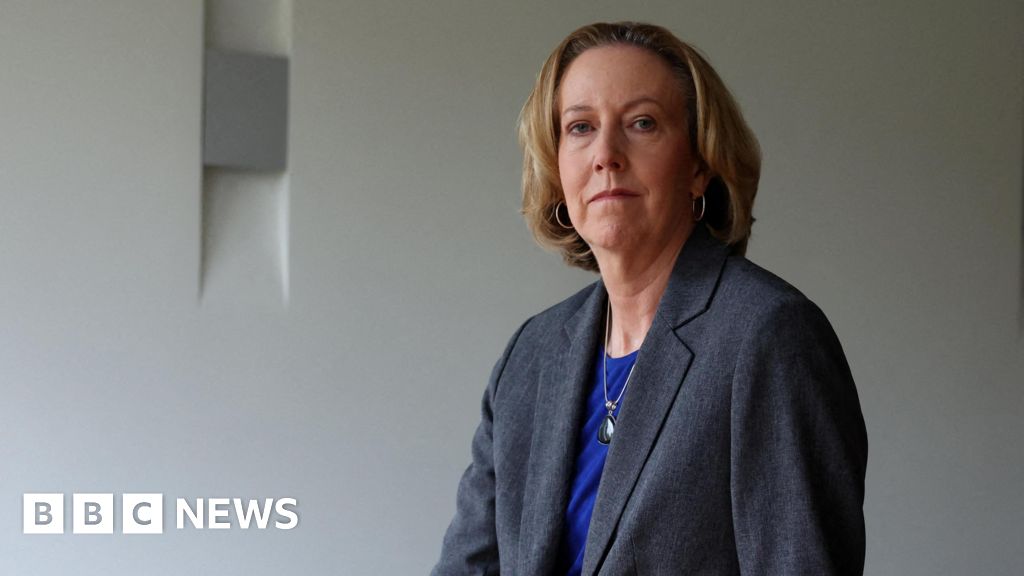
 Business1 week ago
Business1 week agoBP names new boss as current CEO leaves after less than two years
-

 Tech1 week ago
Tech1 week agoT-Mobile Business Internet and Phone Deals
-

 Sports7 days ago
Sports7 days agoPKF summons meeting after Pakistani player represents India in kabaddi tournament
-
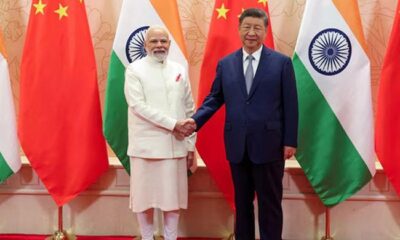
 Entertainment1 week ago
Entertainment1 week agoIndia streamlines visa rules in boost for Chinese professionals
-

 Sports7 days ago
Sports7 days agoUWCL grades for all 18 teams: Leuven get A+; Barça an A-, PSG fail
-
Sports5 days ago
Alabama turned Oklahoma’s College Football Playoff dream into a nightmare
-
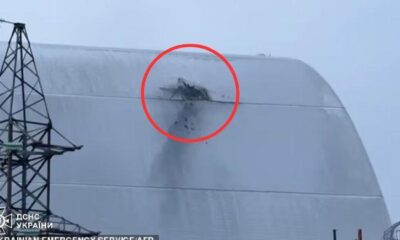
 Entertainment7 days ago
Entertainment7 days agoRadiation fears rise after cracks found in $2 billion Chernobyl shield






